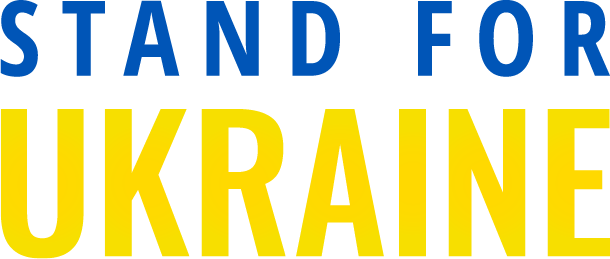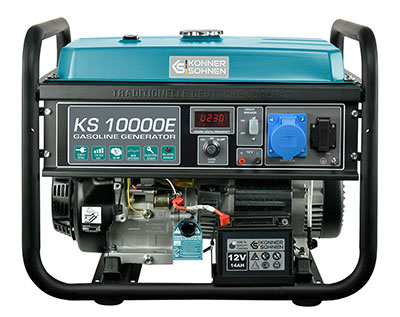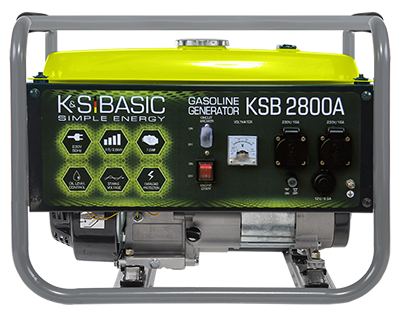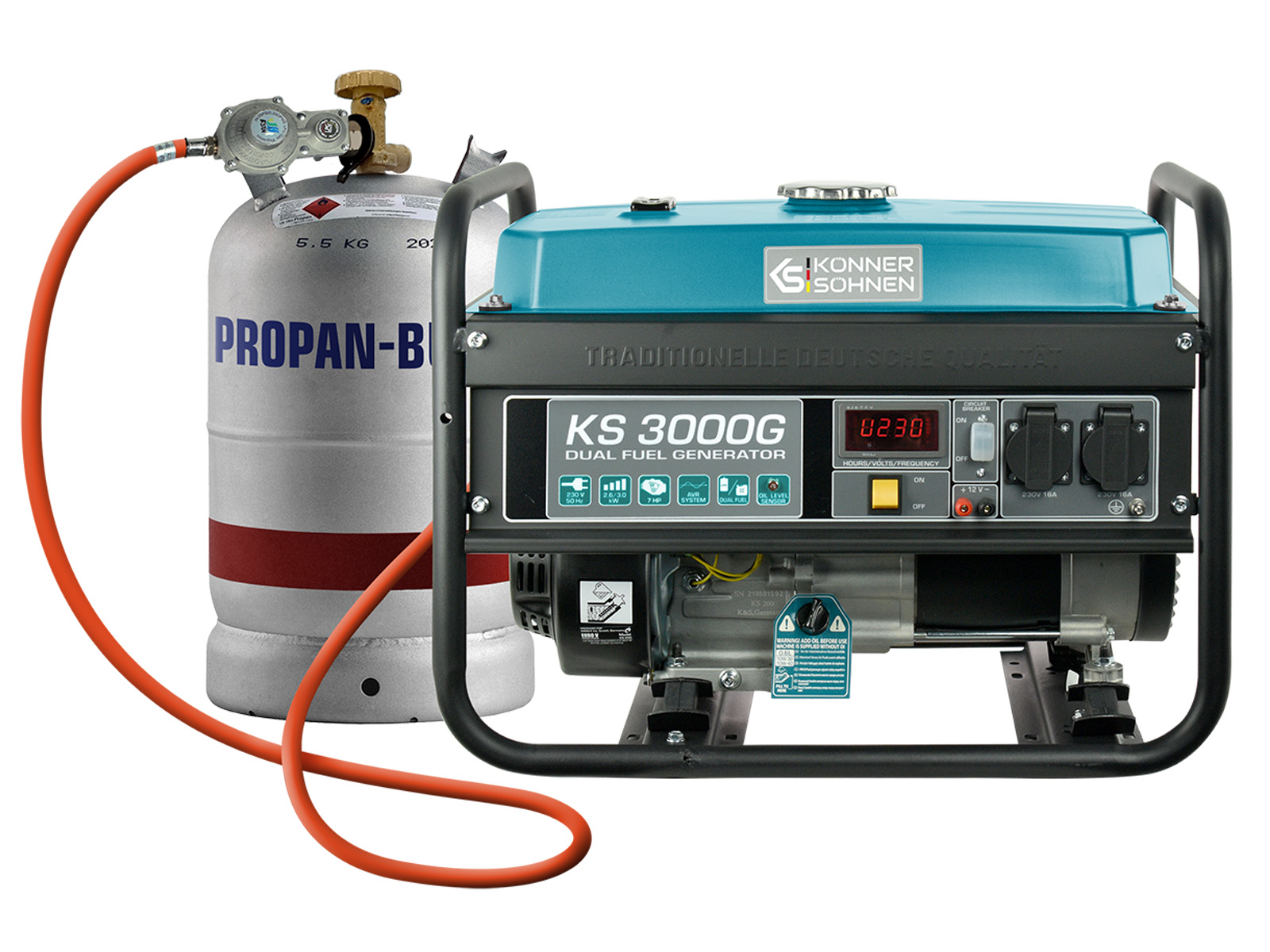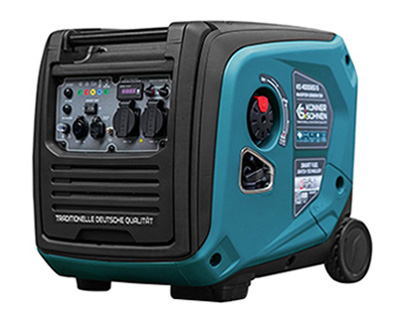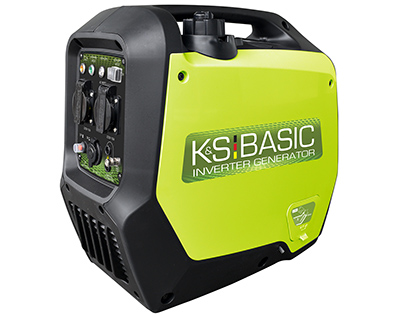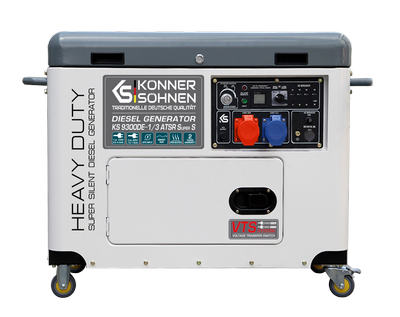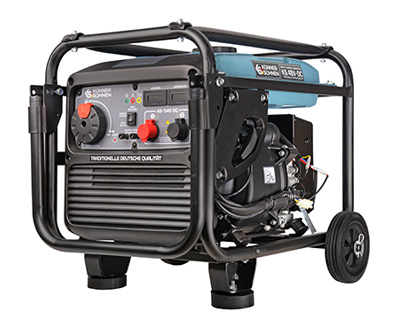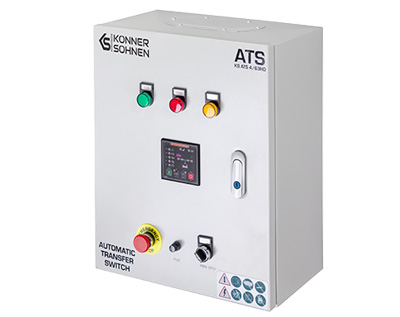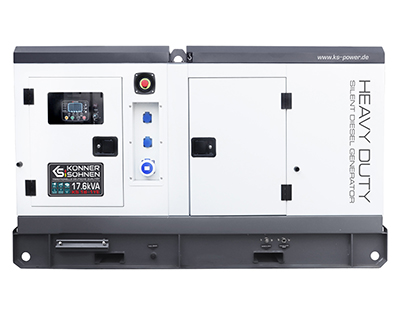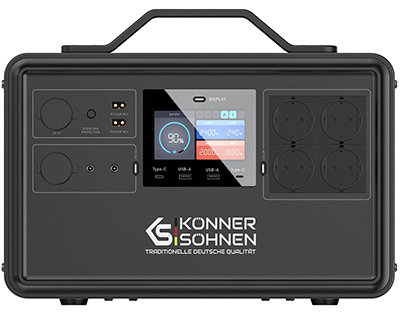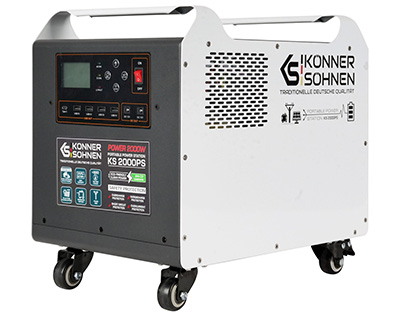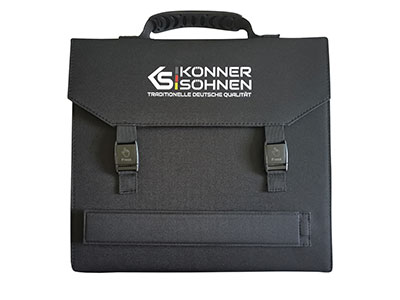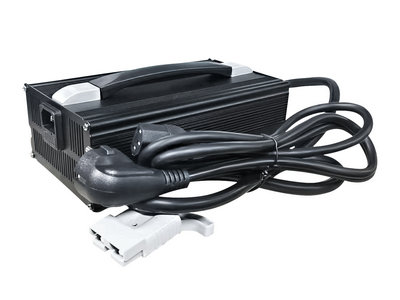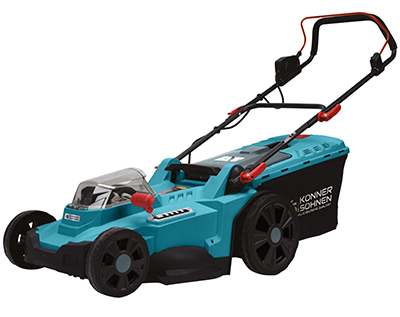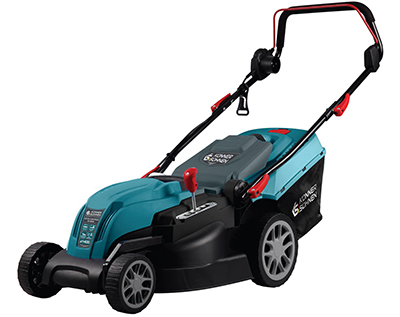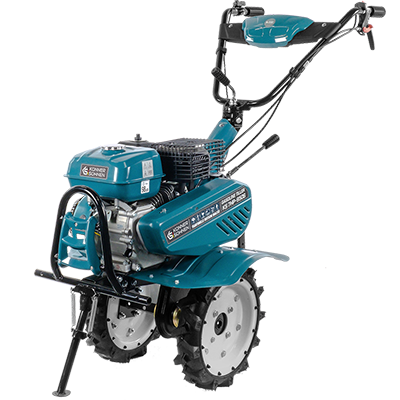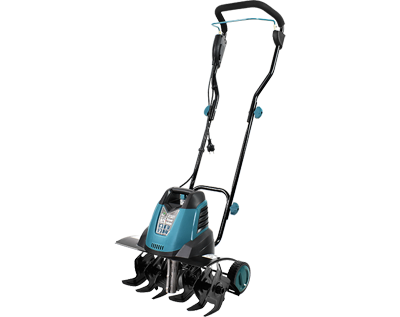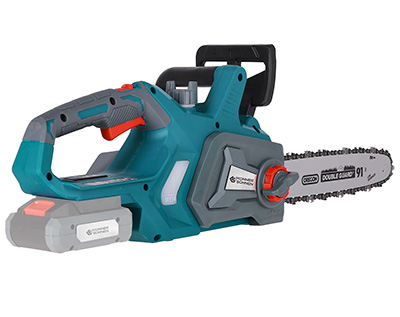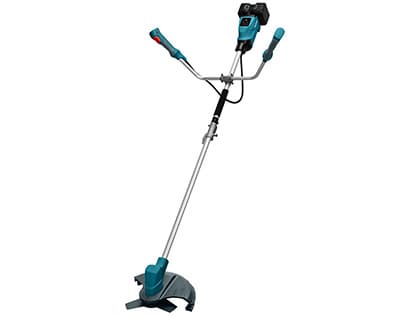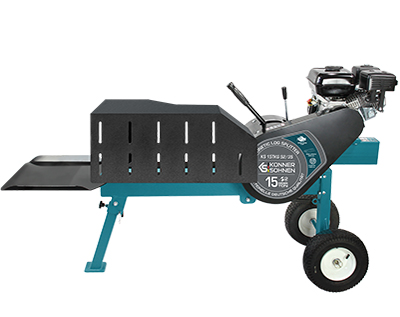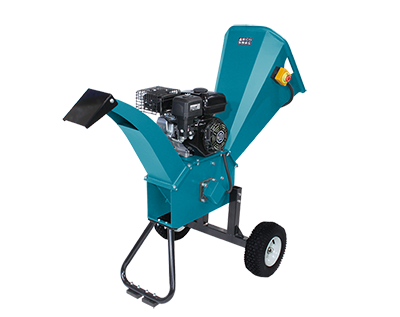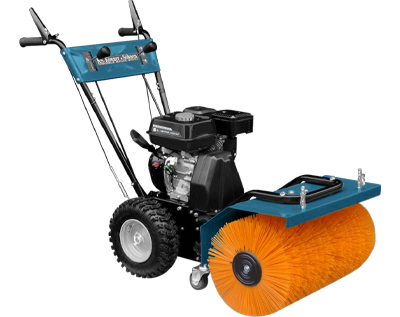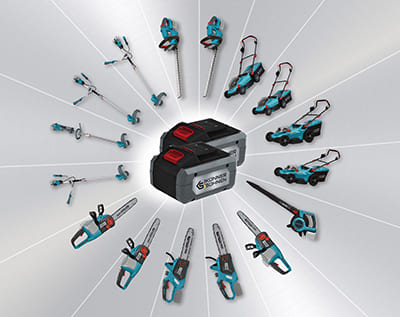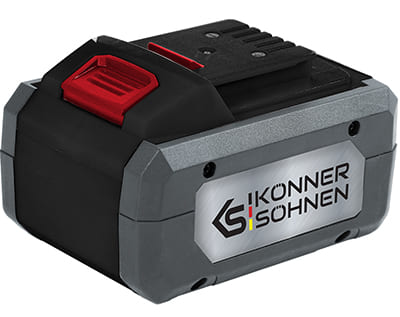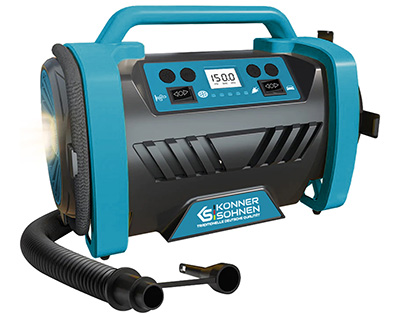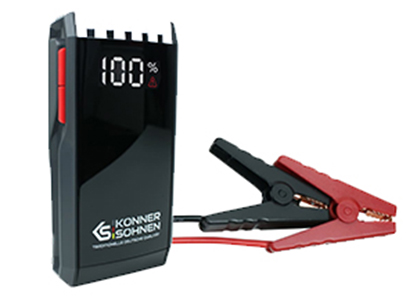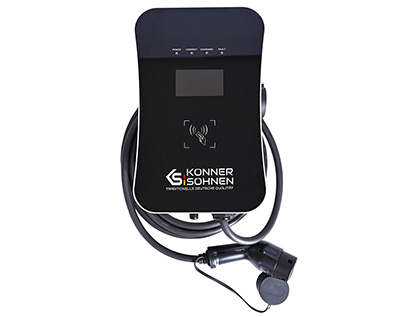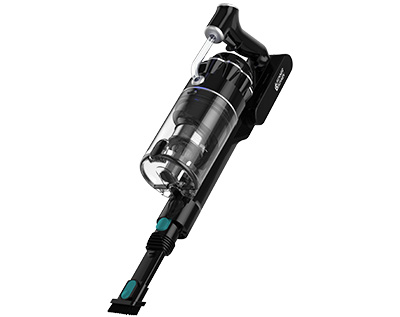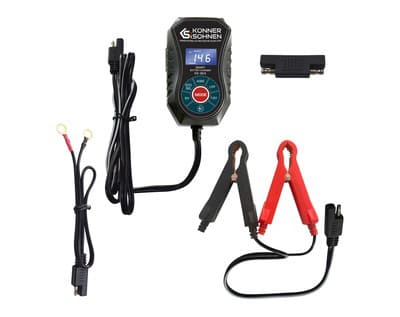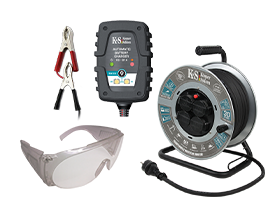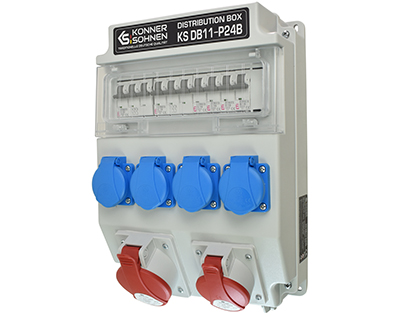Inverter generators KS 4000iES ATS and KS 6000iES ATS are equipped with internal ATS modules and enable a wide range of, sometimes unique, backup power solutions.
The KS 4000iES ATS has 2 x Schuko sockets, which are switched differently depending on the version of the generator.
KS 4000iES ATS Version 1
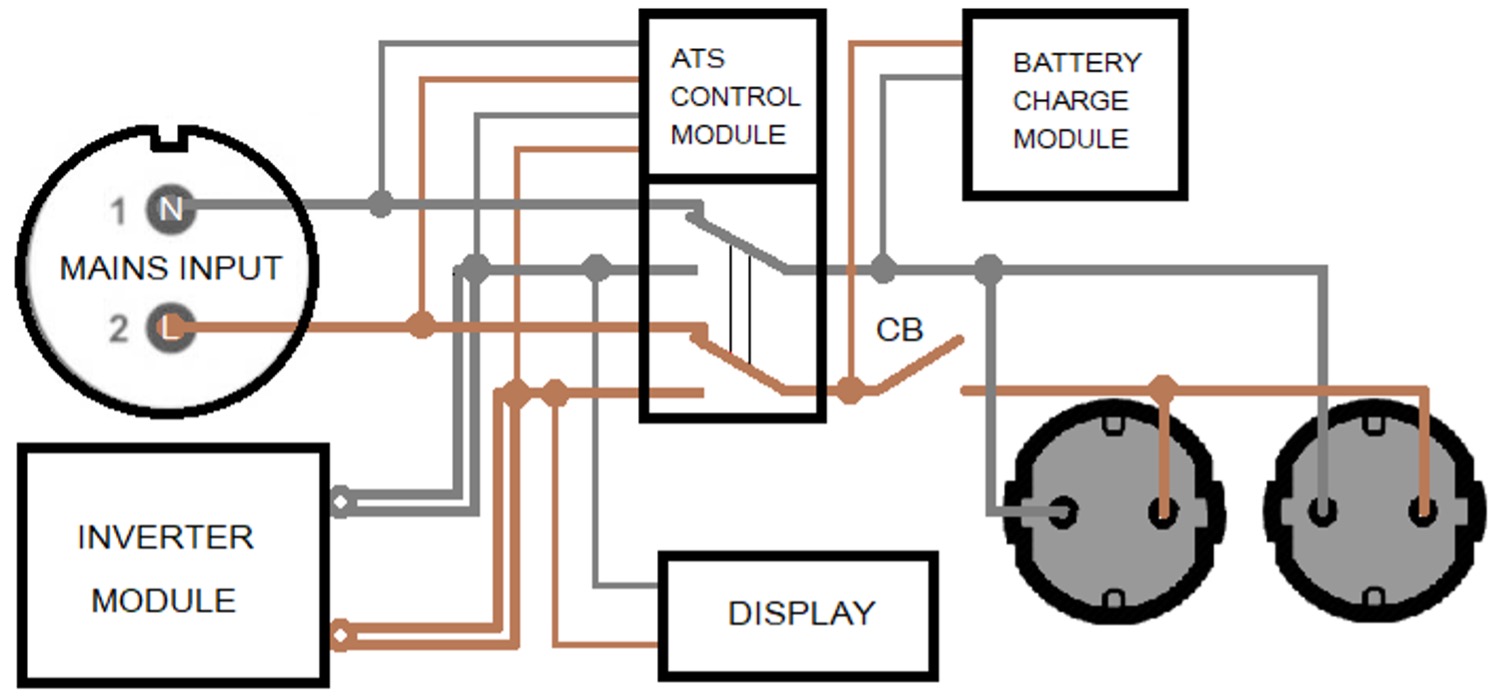
The two 230V sockets are active both when operating from the MAINS INPUT and when operating from the generator. The two outlets after switching power to the generator supply only IT system without the grounded neutral conductor. Regulations and protective measures for the IT system must be observed.
With this version of the generator it is possible to supply electricity consumers that can work both in the TN and in the IT system. It is not possible to supply the house completely in automatic mode!
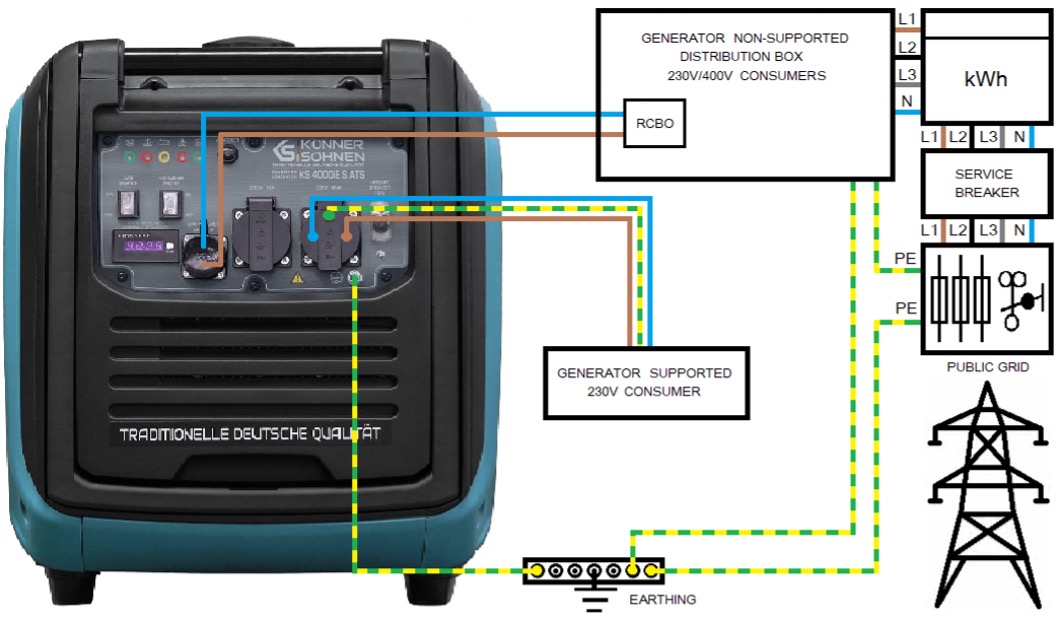
When operated from the MAINS INPUT, the two 230V sockets supply the same system (IT, TN, TT) as MAINS INPUT. The generator must be earthed in TT and TN systems with a copper cable 6-10 mm² (depending on local regulations) by connecting its earth screw to the same earth bar to which the MAINS 230V power source is earthed.
In manual mode (ATS function switched off and no 230V voltage is present at the MAINS INPUT), the KS 4000iES ATS works like the KS 4000iES without the ATS function.
A home feed-in (only 230V power consumers authorized for backup power) in manual mode is possible similar to the KS 4000iES without the ATS function.
Example of home feed-in (only 230V power consumers authorized for backup power) in manual mode with an external manual switching device:
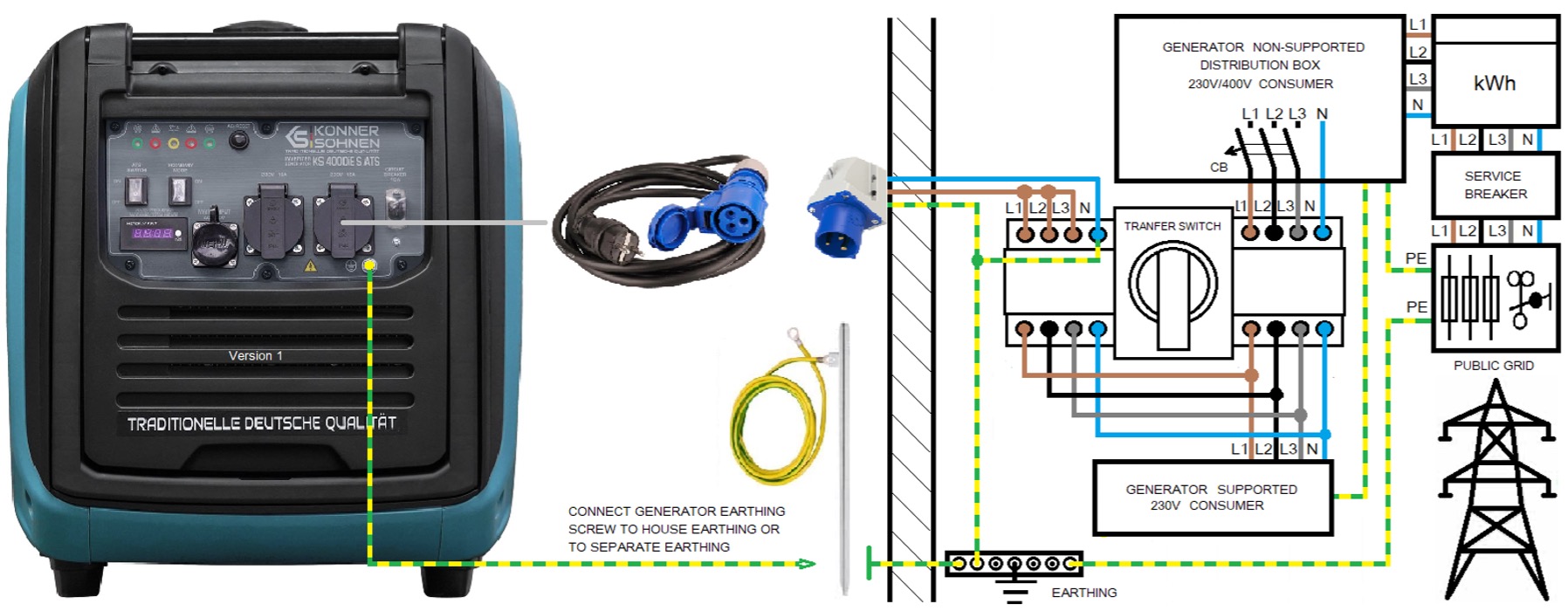
Such a home feed without the ATS function is possible with both versions of the KS 4000iES ATS generator.
KS 4000iES ATS Version 2
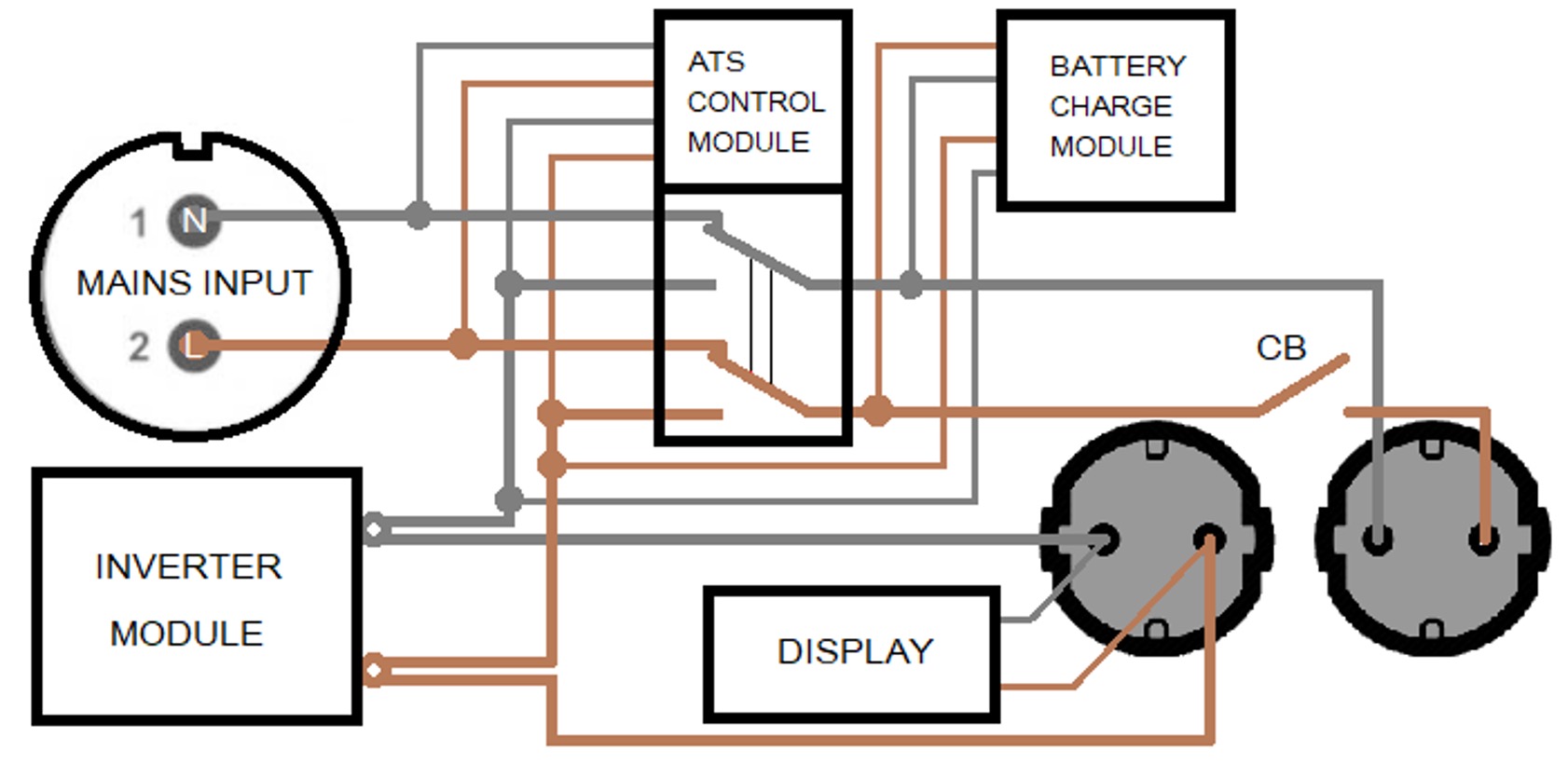
The right 230V socket is active both when operating from the MAINS INPUT and when operating from the generator. The right 230V socket when operating from the MAINS INPUT the same system (IT, TN, TT) as MAINS INPUT. The generator must be earthed in TT and TN systems with a copper cable 6-10 mm² (depending on local regulations) by connecting its earth screw to the same earth bar to which the MAINS 230V power source is earthed.
The left socket is connected to the output of the inverter module and is active only when the generator is running. If necessary, a TN system can be built with the generator. The neutral conductor of the generator inverter module can be grounded externally via the left socket. The inverter module has built-in electronic overload and short-circuit protection and the left 230V socket is protected as a result.
Ліва розетка, яка активна лише під час роботи генератора, дає змогу використовувати в системах, де 230 В потрібне не завжди, а лише у разі збою основного джерела живлення. MAINS INPUT може контролювати основне джерело живлення.
The left socket, which is only active when the generator is in operation, enables use in systems where the 230V is not always required, but only when the main power supply fails. The MAINS INPUT can monitor the main power supply.
With this version, an automatic backup power supply for a house, an office, etc. would also be possible.
The rated power of the generator is 3.5 kVA and can also be taken from one of the two 230V sockets.
Example of home feed-in (only 230V power consumers authorized for backup power) with the KS 4000iES ATS Version 2 in automatic mode with power grid monitoring:
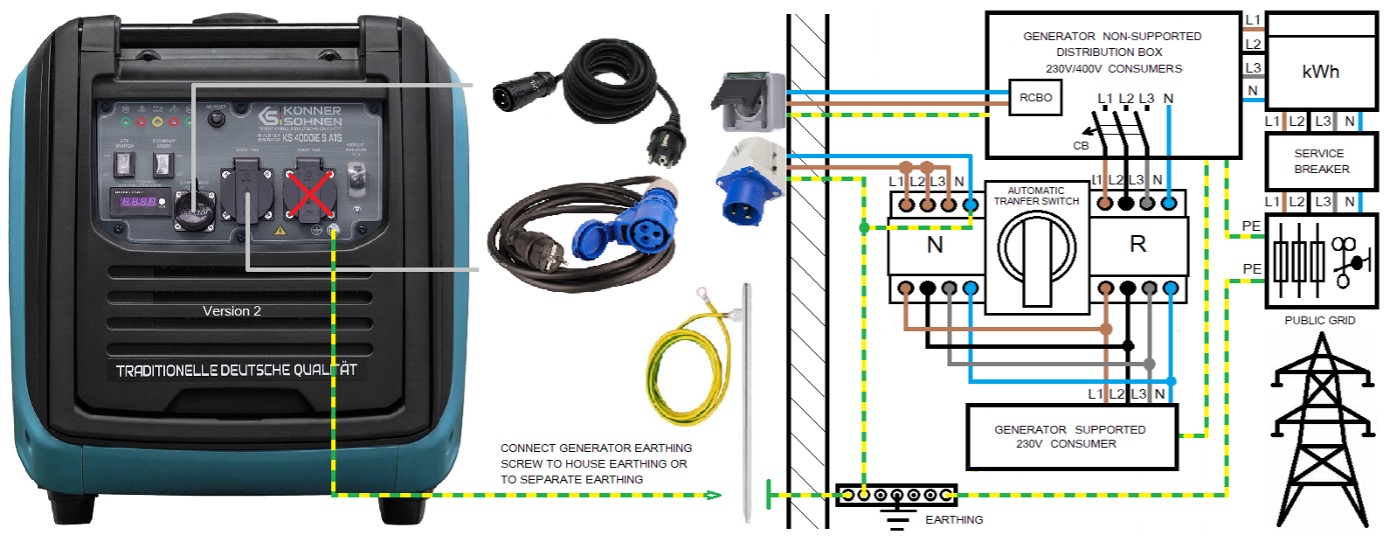
The generator is connected to the N-side of the automatic transfer switch, which has priority switching, so when the main power returns, the switch does not switch to the utility grid immediately, but only when the generator shuts off its output. The KS 4000iES ATS version 2 generator analyzes the voltage at its MAINS INPUT connection for about 1 minute and only then does the left socket switch off and thus enable switching to the main power supply. This corresponds to the regulation according to which an automatic switching device must not switch over to the public power grid immediately, but with a delay of 1 minute.
The neutral conductor of the generator is first grounded in the house by installing a bridge between N and PE on the transfer switch. The transfer switch switches the electricity consumers entitled to backup power from one TN system to the other.
The generator monitors the voltage in the Schuko socket, which is connected in front of the switch and protected by a circuit breaker and an RCD or by RCBO (overload and leakage protection in one). This socket without the connected generator can be used as a normal outdoor socket. This outlet is de-energized during a power outage and this is critical to ATS control of the generator. It is a signal to start the generator.
The generator on the circuit diagram is not permanently installed, but connected to the pre-installed Schuko socket and the CEE 230V 16A inlet as required. This means that the generator can also be used elsewhere if required. A fixed installation is of course also possible, but you need a suitable room and an exhaust system for this.
The KS 4000iES ATS version 2 generator can also be used as a backup for various mobile power supply systems that are based on a battery with an inverter and supply the power consumers with 230V.
Example:
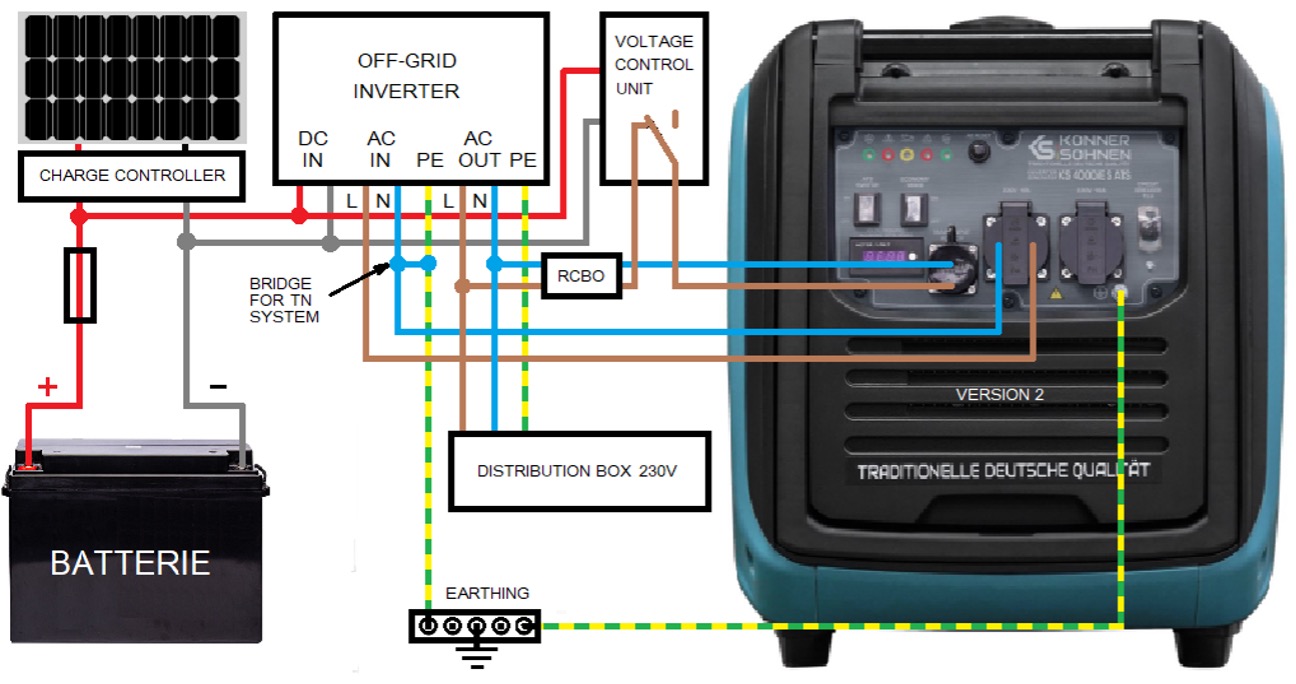
The battery control unit interrupts the 230V to MAINS INPUT as soon as the voltage reaches the lower threshold and the generator starts. Upon reaching the upper threshold, the 230V comes back to MAINS INPUT and the generator stops within 1 minute.
The case of the power supply in the TN system with several power consumers and a distribution is shown on the circuit diagram. Most inverters have an internal bridge between N and PE, which is only active when switching to battery operation. So that a TN system also exists when operating from the external AC source, the neutral conductor of the generator must be grounded by installing a bridge between N and PE on the inverter on the input side.
If the power supply is to take place in the IT system, it is not necessary to install a bridge between N and PE and also to deactivate any existing bridge in the inverter. PE rail should then only function as equipotential bonding (PA) and no grounding is required.
The KS 6000iES ATS has a CEE 230V 32A socket, which is switched differently depending on the version of the generator.
KS 6000iES ATS Version 1
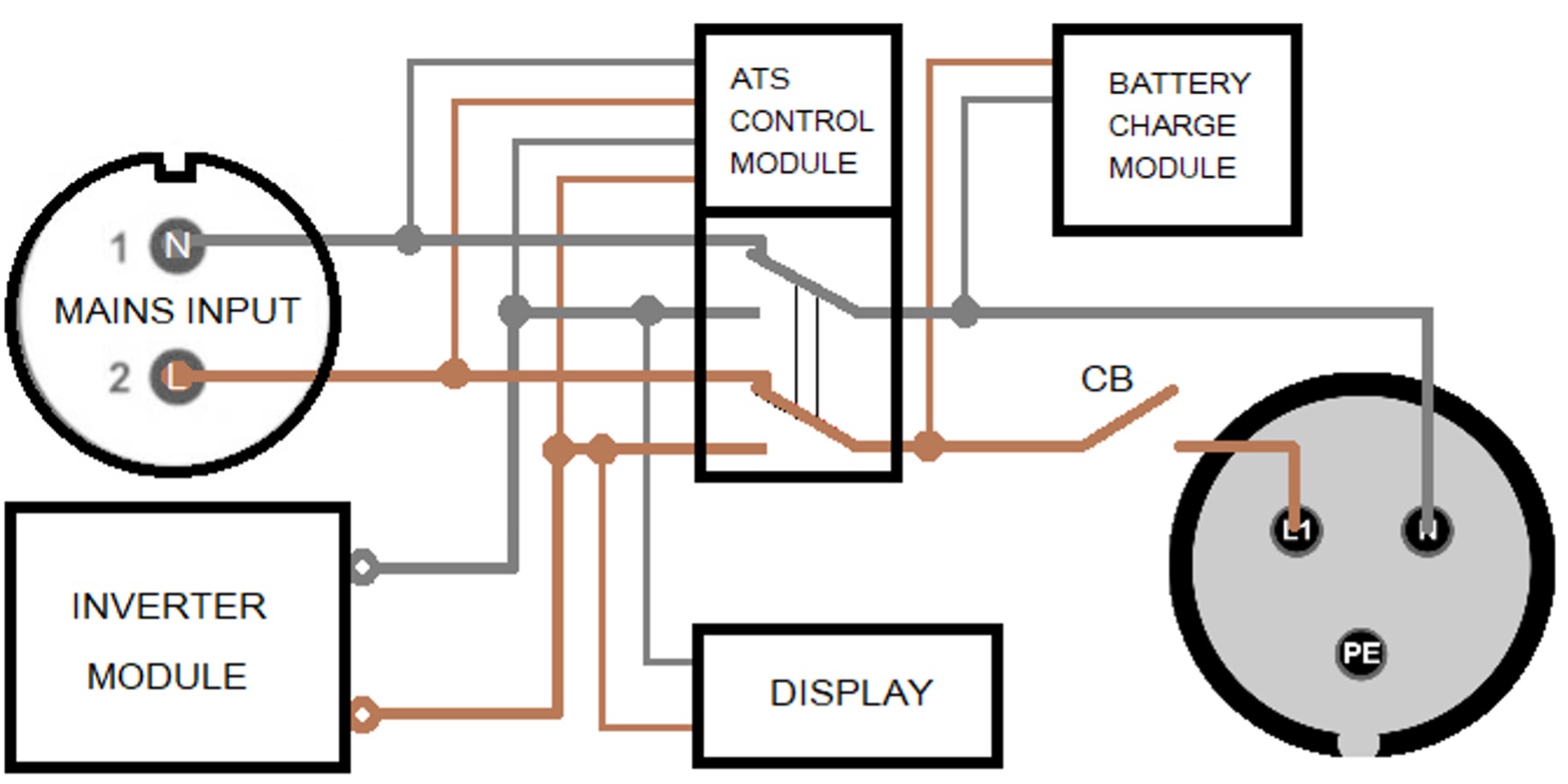
The CEE 230V 32A socket is active when operating from the MAINS INPUT and when operating from the generator.
With this version of the generator it is possible to supply electricity consumers that can work both in the TN and in the IT system. It is not possible to supply the house completely in automatic mode!
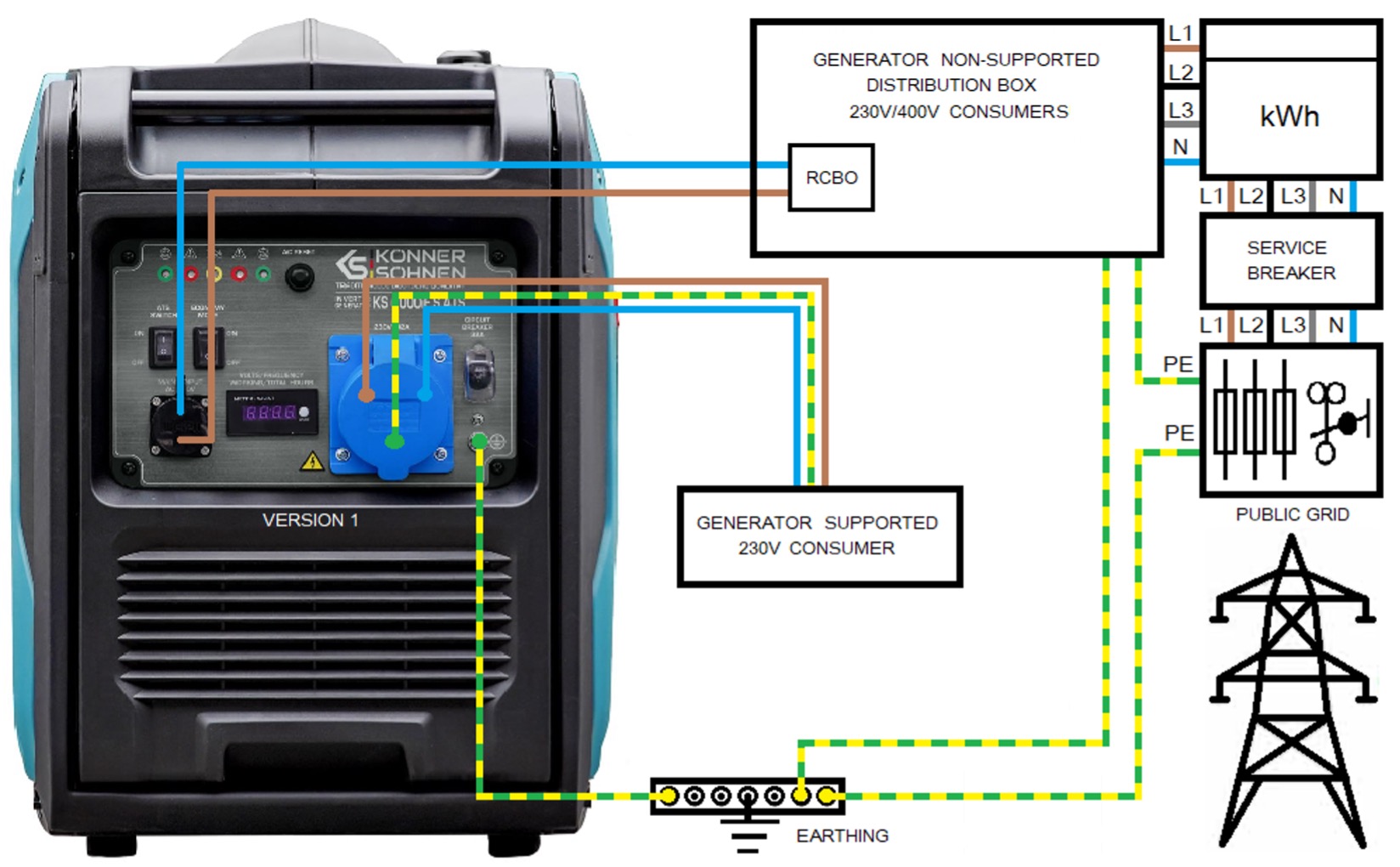
When operated from the MAINS INPUT, the CEE 230V 32A socket supplies the same system (IT, TN, TT) as MAINS INPUT. The generator must be earthed in TT and TN systems with a copper cable 6-10 mm² (depending on local regulations) by connecting its earth screw to the same earth bar to which the MAINS 230V power source is earthed. PE contact of socket is connected to generator ground screw.
The CEE 230V 32A socket after switching power to the generator supply only IT system without the grounded neutral conductor. Regulations and protective measures for the IT system must be observed.
In manual mode (ATS function switched off and no 230V voltage is present at the MAINS INPUT), the KS 6000iES ATS works like the KS 6000iES without the ATS function.
A home feed-in (only 230V power consumers authorized for backup power) in manual mode is possible similar to the KS 6000iES without the ATS function. You can find more information about this in our information material regarding house feed-in with inverter generators with a nominal output of more than 3600W.
Example of home feed-in (only 230V power consumers authorized for backup power) in manual mode with an external manual switching device:
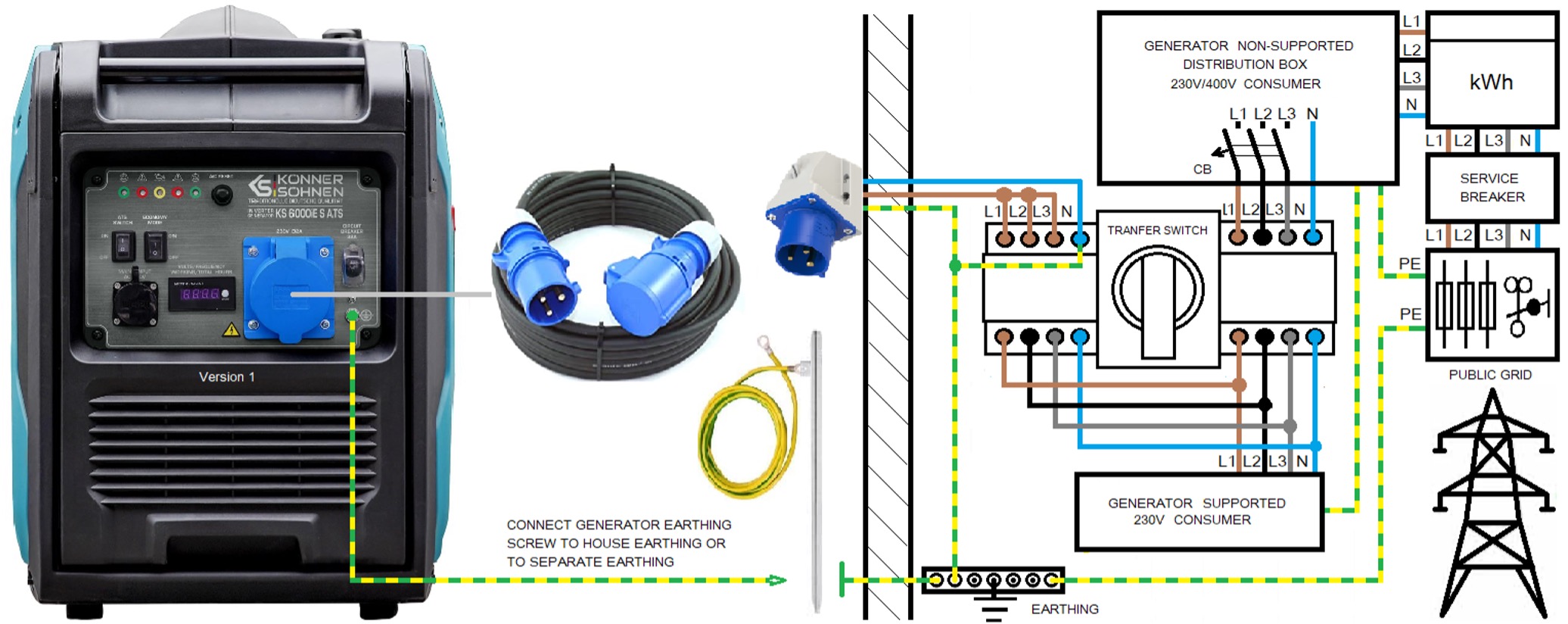
Such a home feed without the ATS function is possible with both versions of the KS 6000iES ATS generator.
KS 6000iES ATS Version 2
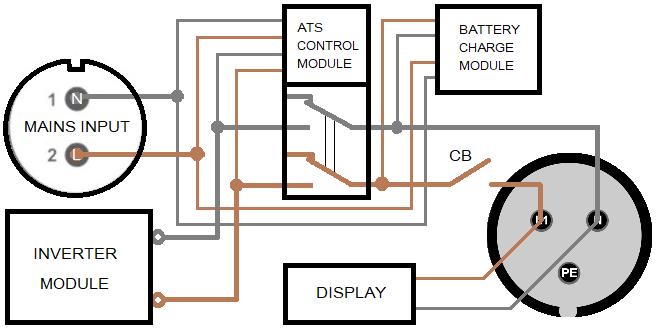
The CEE 230V 32A socket is connected to the output of the inverter module and is active only when the generator is running. If necessary, a TN system can be built with the generator. The neutral conductor of the generator inverter module can be grounded externally. PE contact of socket is connected to generator ground screw.
The inverter module has built-in electronic overload and short-circuit protection, and the circuit breaker at the generator output serves as additional protection.
The CEE 230V 32A socket, which is only active when the generator is in operation, enables use in systems where the 230V is not always required, but only when the main power supply fails. The generator's ATS module monitors the 230V voltage at the MAINS INPUT and starts the generator if this is missing.
With this version, an automatic backup power supply for a house, an office, etc. would also be possible.
Example of the house feed-in (only 230V power consumers authorized for backup power) with the KS 6000iES ATS Version 2 in automatic mode with power grid monitoring:
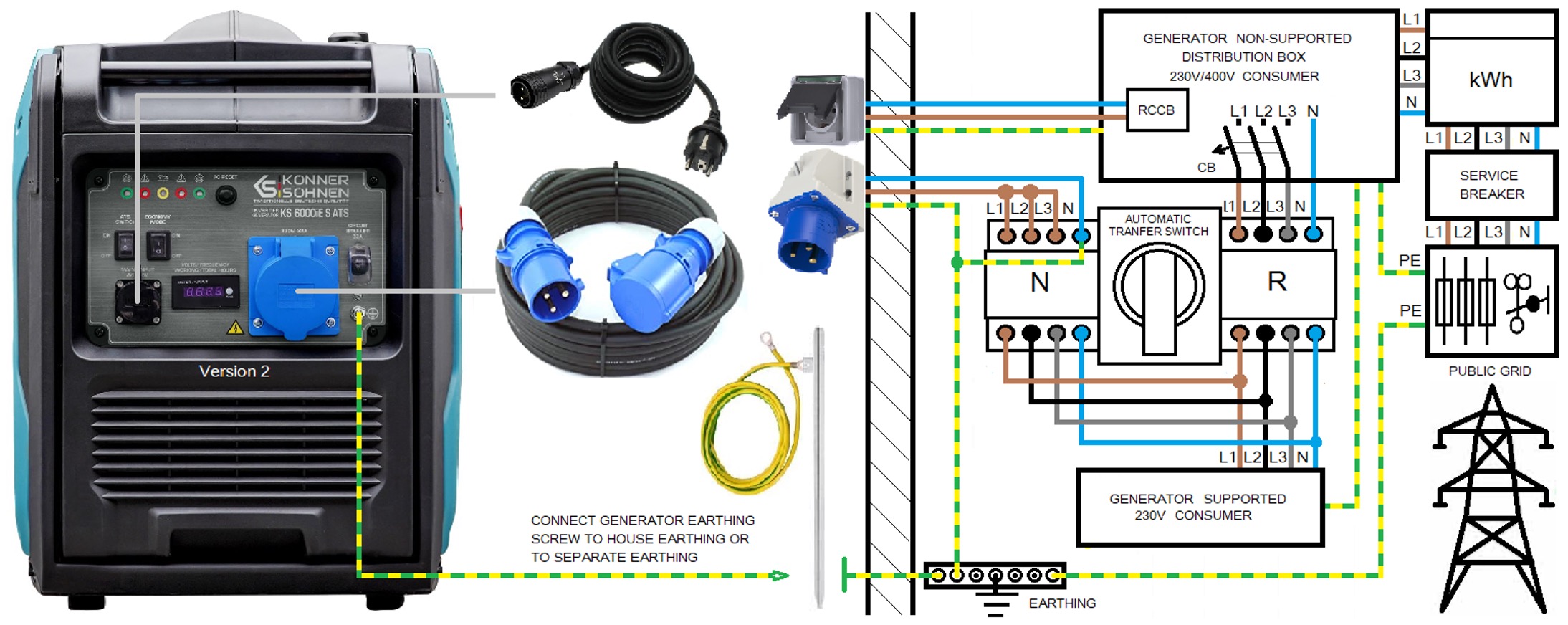
The generator is connected to the N-side of the automatic transfer switch, which has priority switching, so when the main power returns, the switch does not switch to the power grid immediately, but only when the generator shuts off its output. The KS 6000iES ATS version 2 generator analyzes the voltage at its MAINS INPUT connection for approx. 1 minute and only then does the CEE 230V 32A socket switch off and thus enable switching to the main power supply. This corresponds to the regulation according to which an automatic switching device must not switch over to the public power grid immediately, but with a delay of 1 minute.
In an apartment building, one could use multiple generators monitoring the voltage in the main distribution of the house, but feeding each apartment individually via its own automatic transfer switch. Since the generator only has to be connected to one Schuko socket and one CEE 230V 32A inlet, it would be very easy to use and replace the generator.
The generator monitors the voltage in the Schuko socket, which is connected in front of the switch and protected by a circuit breaker and an RCD or by RCBO (overload and leakage protection in one). This socket without the connected generator can be used as a normal outdoor socket. This outlet is de-energized during a power outage and this is critical to ATS control of the generator. It is a signal to start the generator.
The generator on the circuit diagram is not permanently installed, but connected to the pre-installed Schuko socket and the CEE 230V 32A inlet as required. This means that the generator can also be used elsewhere if required. A fixed installation is of course also possible, but you need a suitable room and an exhaust system for this.
In an apartment building, one could use multiple generators monitoring the voltage in the main distribution of the house, but feeding each apartment individually via its own automatic transfer switch. Since the generator only has to be connected to one Schuko socket and one CEE 230V 32A inlet, it would be very easy to use and replace the generator.
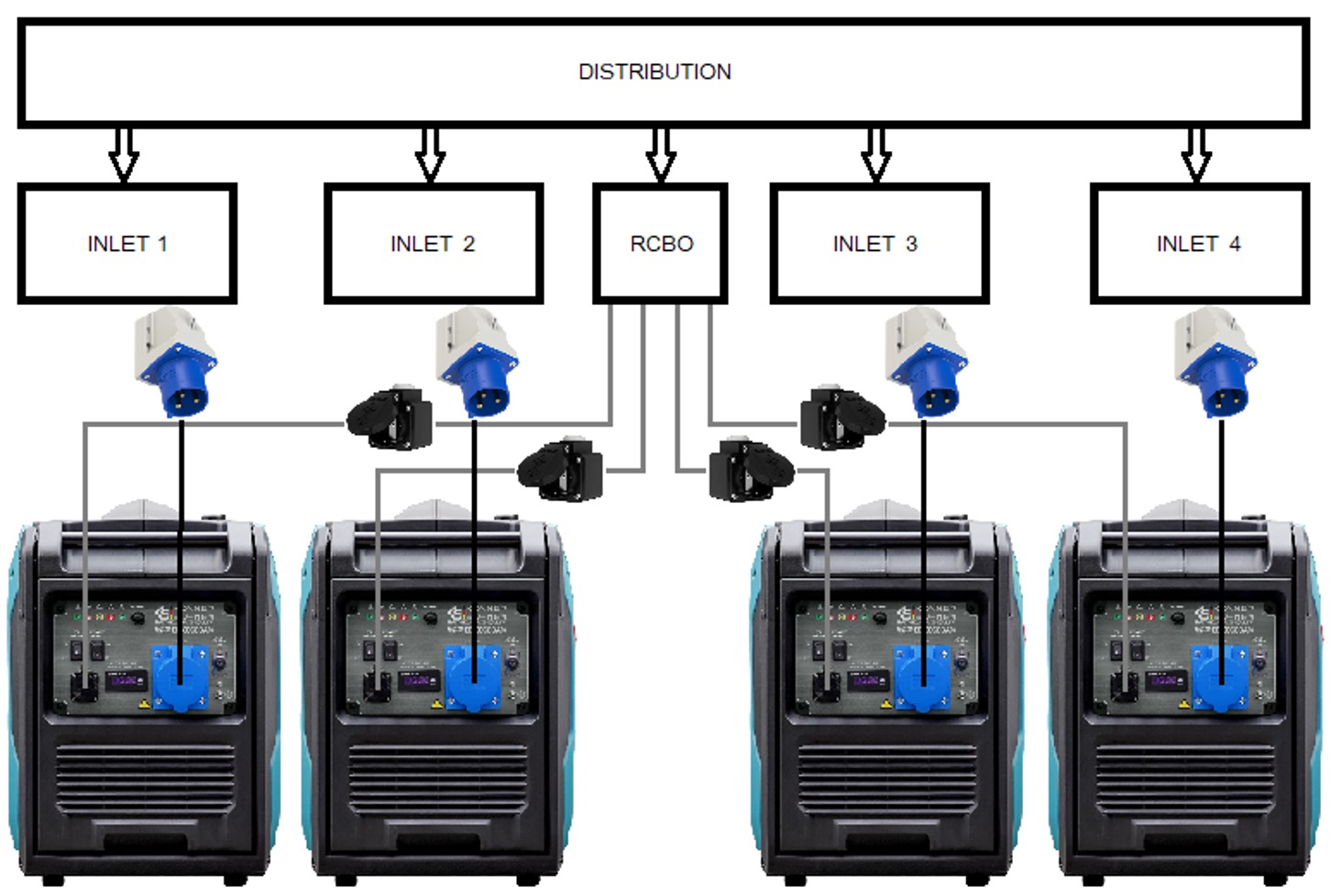
Each apartment or facility is equipped with an automatic backup power switch, with a generator connected to its side with priority, so that switching to the power grid takes place with a delay of 1 minute, after the voltage is restored on its side.
The pre-installed Schuko sockets can be used as normal sockets if required. It is also possible to connect another 230 V generator to the CEE 230 V 32 A wall inlet. It can also be a generator without automatic operation, but it must be suitable for consumers. To connect the generator to the CEE inlet, an ordinary extension cord with a CEE plug and socket is used.
The KS 6000iES ATS version 2 generator similar to the KS 4000iES ATS version 2 can be used as a reserve in various mobile power supply systems based on a battery with an inverter and supplying electricity consumers with 230V. However, the KS 6000iES ATS is recommended if you need more power to supply the power consumers and charge the battery at the same time:
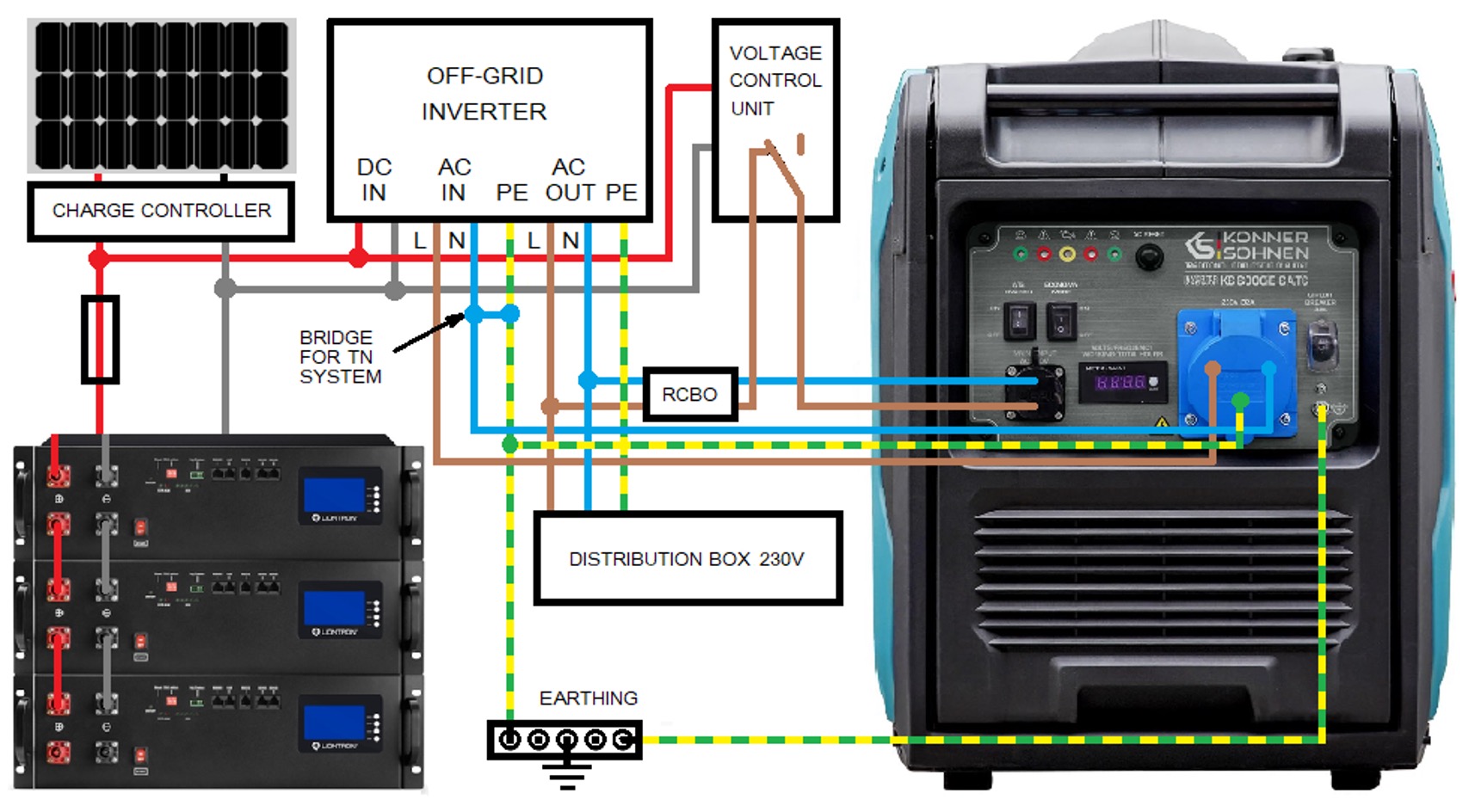
The KS 6000iES ATS has a rated output of 5 kVA and can also be used as a backup power source in stand-alone solutions based on PV systems with an off-grid inverter with battery storage:

The battery monitor interrupts the 230V to MAINS INPUT as soon as the voltage reaches the lower threshold and the generator starts. Upon reaching the upper threshold, the 230V comes back to MAINS INPUT and the generator stops within 1 minute.
Disclaimer:
These instructions can only be taken as a recommendation, are illustrative and must be adapted to the exact local circumstances and conditions during installation. The installation itself should be carried out in compliance with all standards and regulations. We take no responsibility for the wrong installations and their consequences.
